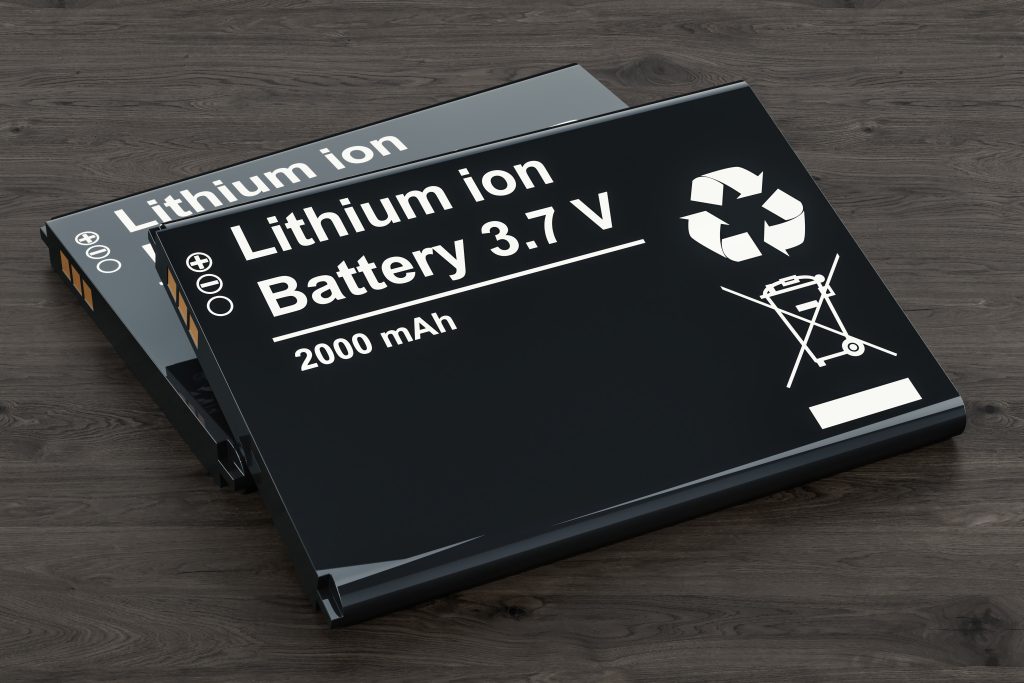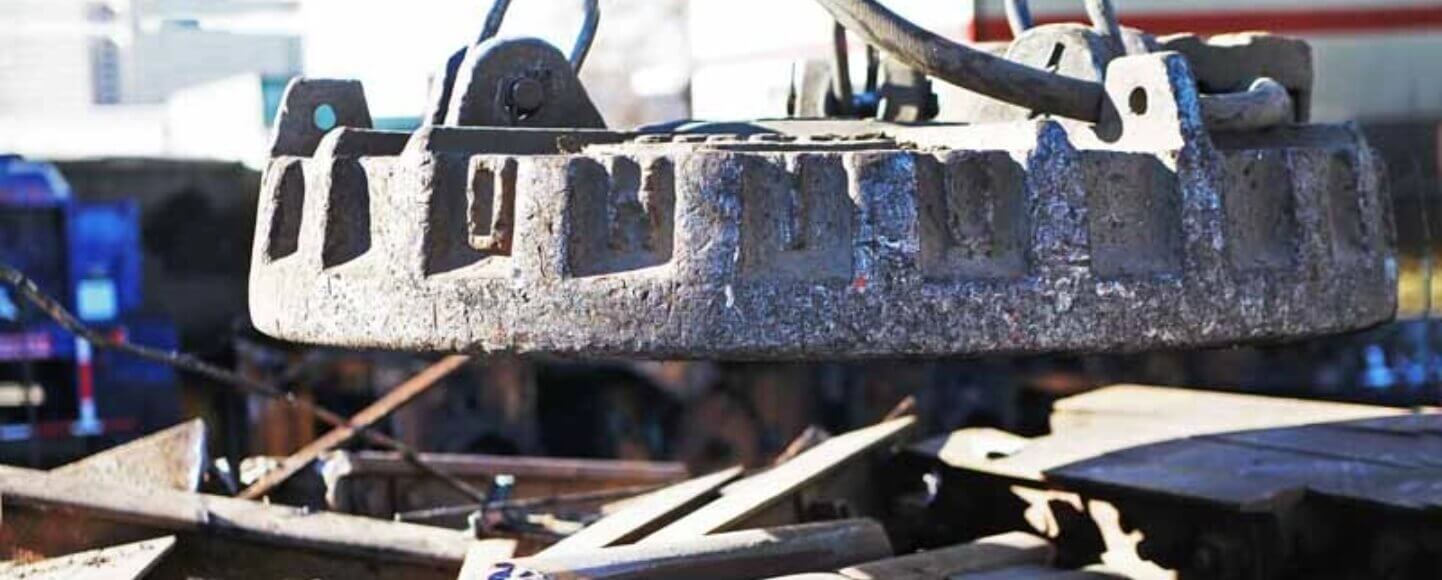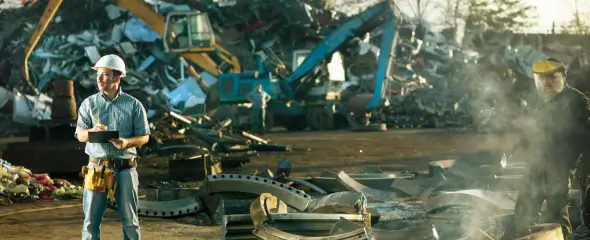
Today, lithium-ion batteries (or Li-ion batteries) are considered the battery technology of choice in a wide spectrum of electronics. For example, e-readers, laptops, smartphones, and more. Additionally, these batteries are also utilized to power various tools and even electric vehicles (EVs). Speaking of powering vehicles, industry analysts predict that China alone will generate approximately 500,000 metric tons of used lithium-ion batteries by 2020. A decade later, that number may reach two million metric tons per year.
Understanding Lithium-Ion Batteries
Before looking at how problematic used Li-ion batteries can be, we need to first understand their individual components. With that said, a single Li-ion battery may contain:
- Carbon black and binder (e.g., PVDF—polyvinylidene fluoride.)
- Separator plastics
- Electrolyte solution
- Copper
- Aluminum
- Active cathode materials (e.g., cobalt, aluminum oxide, lithium nickel, and lithium cobalt oxide.)
- Anode (e.g., graphite.)
Many recyclers currently recycle just the metals; all the battery’s components, however, have value and can be reused after their recovery.
Causes More Landfill Problems
Now that you have a basic understanding of the batteries’ contents, it’s time to focus on the landfill problems they can cause. If current trends for handling used batteries remain unchanged, they will continue to pile up in landfills. Because they contain manganese, nickel, and cobalt, these metals can leak from the casing of buried batteries and contaminate groundwater and soil. These events threaten the well-being of humans and ecosystems. So, how can we prevent these problems from becoming a reality? The answer: recycle and reuse.
The Importance of Recycling
Both environmentalists and battery specialists agree that materials recovered from recycling Li-ion batteries can be used to make new ones. Because these materials account for over half of a battery’s cost, doing the above can help lower manufacturing costs. Nickel and cobalt are the two most expensive cathode metals found in said batteries. Their current market prices stand at roughly $12,600 per metric ton and $90,000 per metric ton, respectively.
It is important to note that used Li-ion batteries can have negative environmental effects not just at the end of their service lifespan but long before they are manufactured as well. By recycling spent batteries, we essentially reduce the need to mine for more virgin materials, as well as the use of other harmful processing materials, e.g., metal-sulfide ore can contribute to acid rain.
Reality Check: It’s Not that Easy
If recycling is the solution, why are we not doing it? Unfortunately, regulatory gaps, logistic issues, economic barriers, and technical constraints haven’t made this option a universally well-established practice. Today, the Li-ion battery industry still lacks a clear path to economical recycling on a large-scale. That’s why less than five percent of used Li-ion batteries are recycled today.
Continuous Improvement Needed
That’s not to say that the industry isn’t making any attempts to resolve the pressing issues. Large pyrometallurgy facilities are being used to recycle Li-ion batteries. These units, which typically run near 1,500 °C, are capital intensive and emit toxic fluorine compounds during the smelting processes.
Hydrometallurgy processing methods are practiced commercially in China. Although this less energy-intensive alternative helps lower capital costs, it requires the use of caustic reagents such as hydrogen peroxide, as well as sulfuric, nitric, and hydrochloric acids.
All is not lost; researchers are pursuing direct recycling methods that shun costly processing. For example, removing electrolytes with supercritical carbon dioxide before crushing the batteries’ cells and separating the components physically. It goes without saying that more work is needed to efficiently employ this cost-saving approach.


